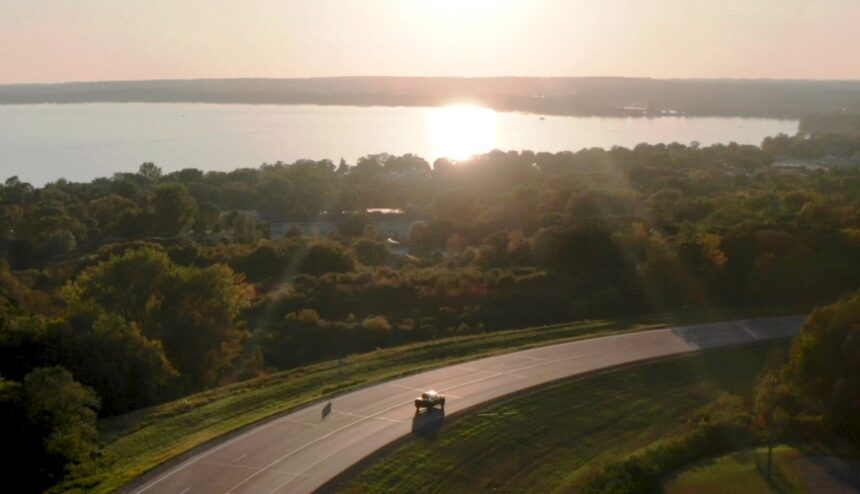From ambulance to hospital—and a virtual connection with a neurologist through the telestroke program—residents in rural communities have better stroke outcomes. “It’s amazing to see people back here in our community, walking around after the trauma of a stroke — many with no permanent, long-term effects,” said Katie K., RN at Glacial Ridge Hospital.
Glacial Ridge Hospital in Glenwood, MN is an Acute Stroke Ready Hospital, a designated Level IV Trauma Center, and a Critical Access Hospital. Glacial Ridge Hospital was one of the first hospitals outside of the metro to implement telestroke in 2010 with great success. As a rural hospital—one of 115 stroke hospitals across Minnesota in 2021—this readiness benefits the residents who live in our area.
This video featuring Glacial Ridge Hospital’s medical staff and community members was made possible through a grant from the Minnesota Department of Health. The goal is to promote stroke awareness and the hospital’s ability to treat and care for stroke patients. Thank you, Minnesota Department of Health.
Identify Signs of a Stroke
Not all strokes look the same; a person can have one or many different symptoms. Physical and cognitive damage is irreversible if treatment is delayed, so NEVER drive a loved one yourself. Early treatment and stroke care coordination can begin in the ambulance.
Remember the acronym B.E.F.A.S.T. to identify signs of a stroke:
B: Balance Loss
E: Eyesight Changes
F: Facial Droop / Numbness
A: Arm Weakness
S: Speech Difficulty
T: TIME to call 9-1-1


